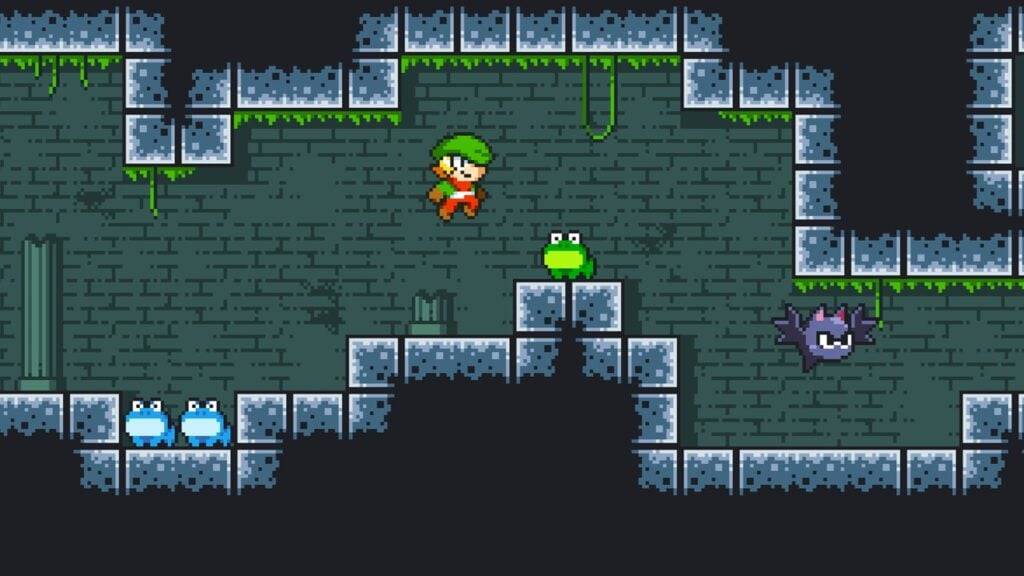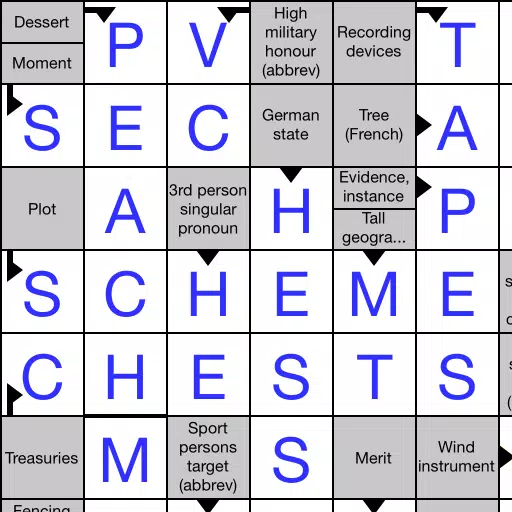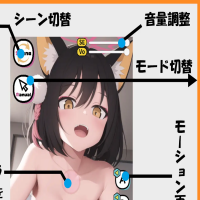Seasons and weather play a pivotal role in shaping the dynamic world of *Monster Hunter Wilds* within the Forbidden Lands. These elements not only transform the game's visuals but also significantly influence gameplay. Here's a comprehensive guide on how seasons and weather affect your adventure in *Monster Hunter Wilds*.
Monster Hunter Wilds Seasons, Explained
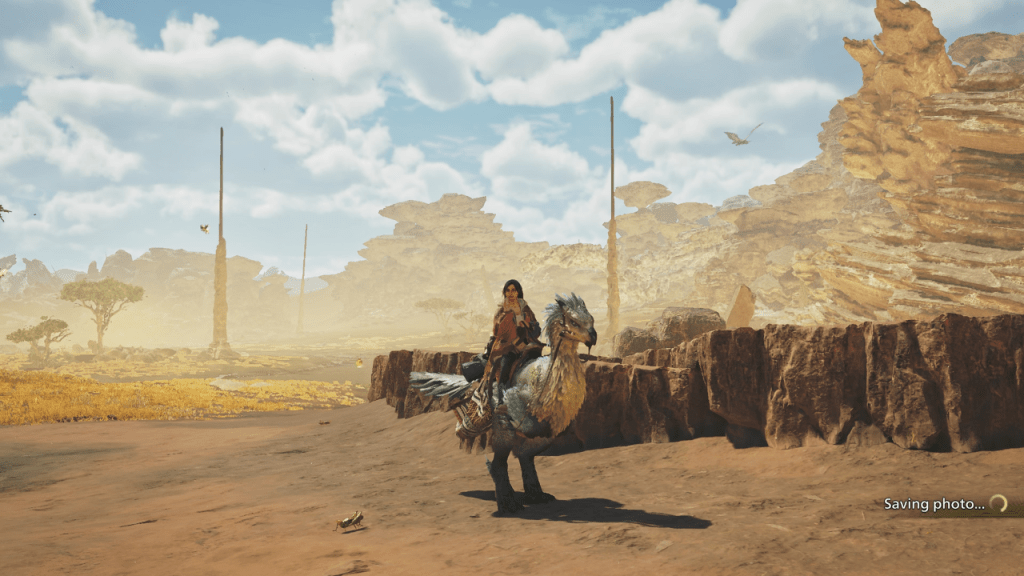
*Monster Hunter Wilds* features two distinct seasons that govern the weather in the Forbidden Lands: Fallow and Plenty. The game begins during the Fallow season, characterized by a harsh environment with extreme weather and scarce resources. This scarcity leads to heightened desperation, causing monsters to become more aggressive and engage in more frequent combat with each other compared to the Plenty season.
On the other hand, the Plenty season offers a stark contrast. It brings a warmer, more inviting atmosphere, with an abundance of flora and vibrant changes to the environment. During Plenty, small monsters exhibit less hostility and tend not to form packs as they do during Fallow. This season is aptly named due to the increased availability of Endemic Life and various plants, which is a boon for both the villagers of the Forbidden Lands and players of *Monster Hunter Wilds*.
Between these two seasons, you'll encounter brief but intense weather events known as Inclemency. These events amplify the weather's intensity and set the stage for dramatic confrontations with Apex Predators. A notable example is the Pinnacle of the Pack Assignment, where you face the Alpha Doshaguma during a Sandtide, a spectacular lightning-infused sandstorm. Throughout *Monster Hunter Wilds*, you'll experience various unique weather events that add an extra layer of challenge and excitement to battles against Apex Predators.
How To Check the Seasons and Weather in Monster Hunter Wilds
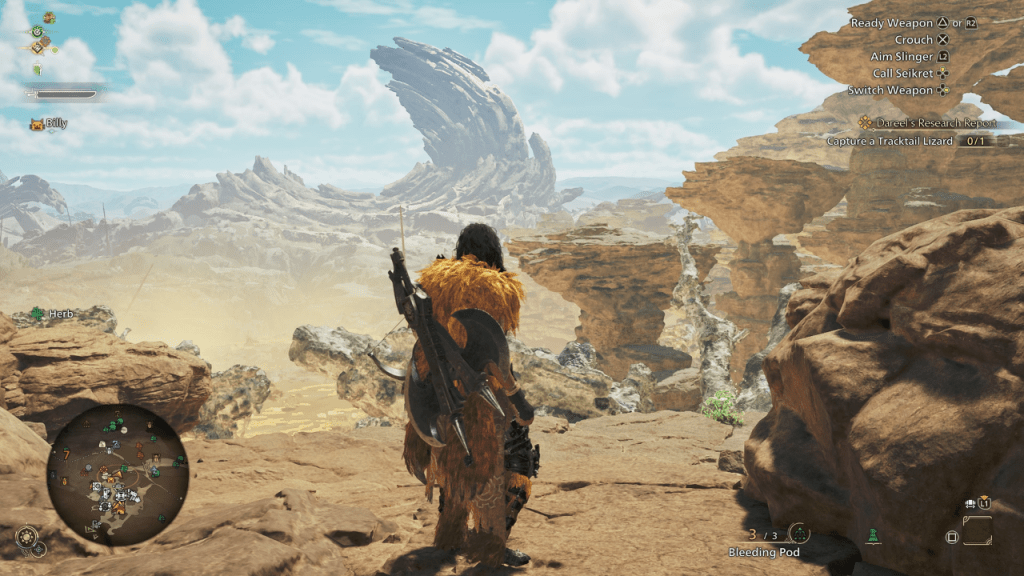
Keeping track of the seasons and weather in *Monster Hunter Wilds* is crucial for strategic planning. The game's HUD and map provide essential information about the current weather conditions. The HUD displays icons in the bottom left corner indicating the time of day and season. For more in-depth details, you can access your map and press the prompted button to view the Environment Overview, which gives you the specifics on the current weather and season.
Additionally, the replayable Optional Quests come with designated times of day and seasons. When undertaking these quests, you'll be temporarily transported to the specified environment, regardless of the current season in the main game.
Related: Monster Hunter Wilds Weapon Tier List (Best Weapons to Use)
How To Change the Season and Weather in Monster Hunter Wilds
Given the significant impact of Fallow and Plenty on the game's flora and fauna, you might prefer one season over the other depending on your objectives. Fortunately, *Monster Hunter Wilds* allows you to alter the seasons and weather to suit your needs.
To change the season and weather, set up your tent and rest. Once inside your tent, navigate to the BBQ Menu and scroll down to the Rest option. Here, you can choose the Environment and Time you wish to wake up in, effectively shifting the season and weather conditions.
However, resting in *Monster Hunter Wilds* comes with a cost. It requires 300 Guild Points and is only accessible to High Rank Hunters. Keep in mind that you cannot rest during an active quest.
This guide covers everything you need to know about the seasons and weather in *Monster Hunter Wilds*. Understanding and manipulating these elements can greatly enhance your hunting experience.
*Monster Hunter Wilds is available now on PlayStation, Xbox, and PC.*

